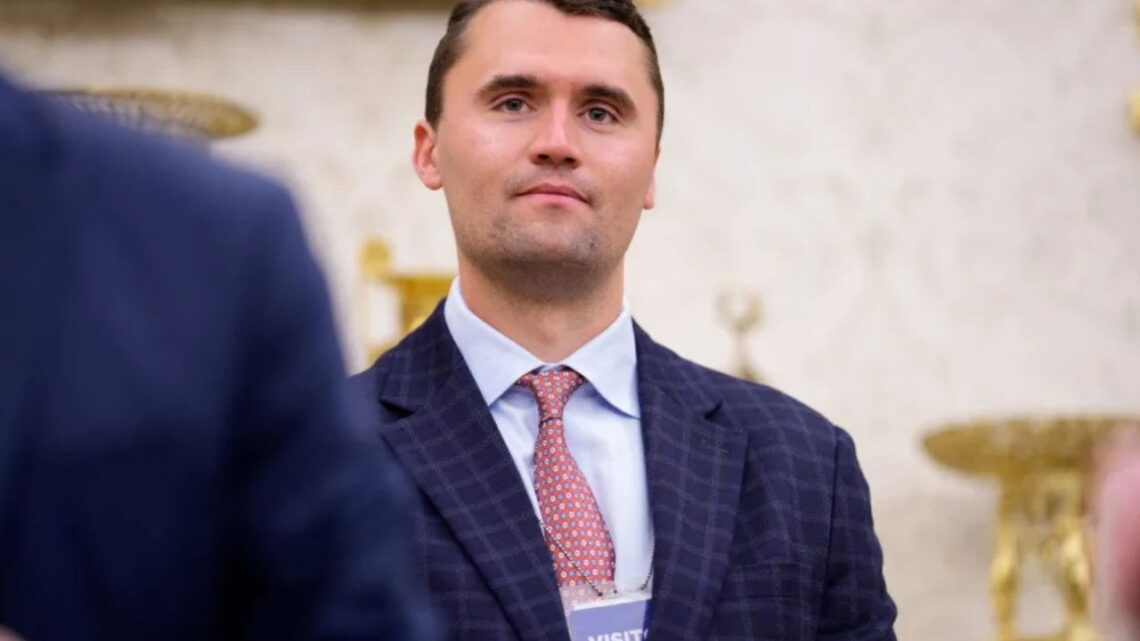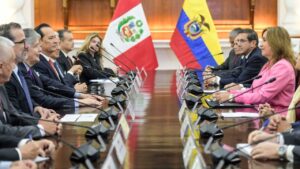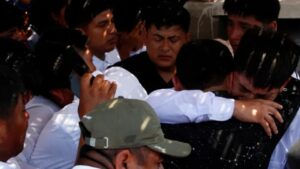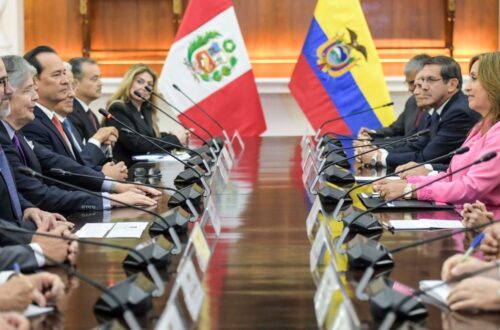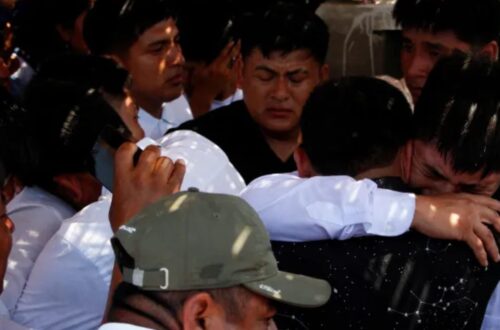Far from the United States, in Lima, Peru, something strange and powerful happened. A memorial was held for Charlie Kirk, an American political activist many people in Peru didn’t really know. But political forces used that event as a tool.
This is a story about how politics, influence, and identity intersect—about how one person’s death became a message halfway across the world.
Why the Mayor Did This Memorial
López Aliaga’s Political Position
Rafael López Aliaga, 64, wants to become a big name in Latin America’s new right-wing movement. He sees himself alongside Jair Bolsonaro in Brazil, Javier Milei in Argentina, and Nayib Bukele in El Salvador.
He announced this memorial at a far-right conference in Madrid and called it the only government-backed tribute to Kirk in Latin America.
The timing was strategic. López Aliaga was fighting a legal battle in the U.S. involving Lima’s plan to take over a private toll-road network and cancel the fees. That contract is now a legal and financial burden for Lima and the mayor himself.
The Toll-Road Contract Battle
Here’s a simpler breakdown:
| Party | What They Want | Conflict |
|---|---|---|
| Lima Mayor | Cancel tolls, take over roads | Argues original contract had bribery |
| Private Company (Brookfield) | Keep contract, collect payments | Says contract was legal |
| International Courts | Settle dispute | Ordered Lima to pay $200 million |
| Brookfield vs Peru | Additional damages claim | Suing for $2.7 billion |
Because of this, Lima and López Aliaga risk big financial penalties and even political ruin.
U.S. Influence: A Hidden Push
In March, Edward R. Martin Jr., a Justice Department official appointed by Trump, hinted that the U.S. was re-examining corruption linked to the Lima contract. Then López Aliaga flew to Washington, met Martin, and soon letters went to officials asking why Lima wasn’t included in U.S. corruption cases. This could help annul the contract in Lima’s favor.
Just before the memorial, a conservative Peruvian newspaper ran a front-page headline: “Trump Drops a Bombshell.” López Aliaga shared that widely on social media.
The Memorial Event: What Actually Happened
Buses, Promises, and Surprises
The mayor predicted 30,000 to 40,000 people would attend. He denied that people would be bussed in. But on the day, buses poured into the area — many from four hours away. Some drivers said they were paid by the city to bring people. Lunches were given out.
Many from distant neighborhoods came simply for a free outing. One man said, “It’s a treat for my kids.” He admitted he had no clue who Charlie Kirk was.
Others came thinking López Aliaga would reveal his presidential plans. Instead, they saw giant screens playing Kirk videos with Spanish subtitles and heard Christian songs. Only a few seemed to genuinely honor Kirk — wearing “Yo soy Charlie Kirk” shirts, crying, or holding signs.
A small group with radical ideas showed up too. One man in a military-style outfit shouted for a “strongman” to rule Peru. López Aliaga spoke about how Kirk’s death symbolized a war against freedom and a supposed threat from the left.
After 90 minutes, the ceremony ended. As night fell, images of Kirk were displayed on fountains, but most people had already left.
When asked later how the buses came, the mayor shrugged: “I don’t know. I have many events.” He compared being asked about transport to asking New York’s mayor how people reached a rally — “not his job,” he said.
Why It Mattered: Politics, Symbols, and Power
The memorial used Charlie Kirk — someone mostly unknown in Peru — as a symbol in a bigger game. López Aliaga tried to link local politics to global right-wing trends. He used the event to:
- Mobilize supporters
- Attack the left
- Gain favor with U.S. officials
- Frame himself as a defender of faith and freedom
His use of a foreign figure in local politics raises many questions about authenticity, manipulation, and what people will believe if promises are made with free food and transport.
In Lima, the Charlie Kirk memorial shifted from what seemed like a tribute into a political event. The mayor turned a little-known American activist into a tool to boost his image, push legal arguments, and rally support. What looked like a religious gathering was also a political show.
This case teaches us how events, symbols, and foreign names can be used to shape opinions and gain power. It shows that politics isn’t just local — sometimes, it borrows symbols from afar to make a stronger statement.

